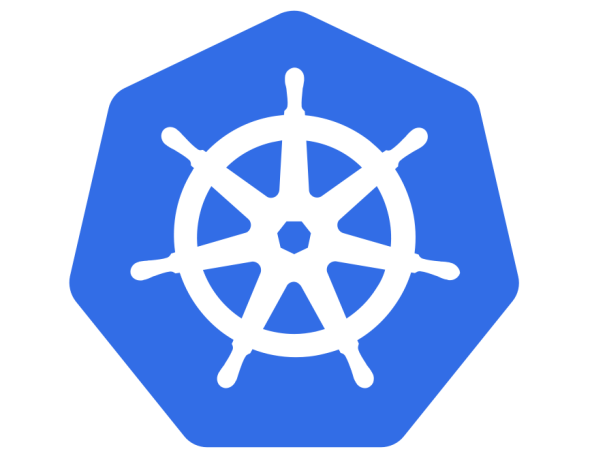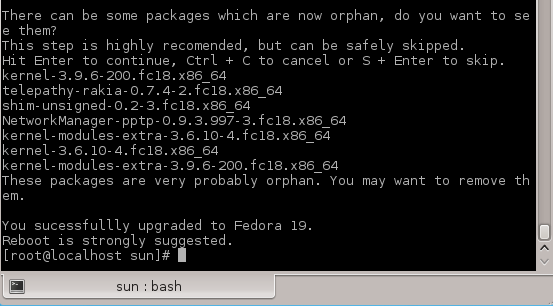The information technology world changes daily, and the demands of building scalable infrastructure become more important. Containers aren’t anything new these days, and have various uses and implementations. But what about building scalable, containerized applications? By itself, Docker and other tools don’t quite cut it, as far as building the infrastructure to support containers. How do you deploy, scale, and manage containerized applications in your infrastructure?
This is where tools such as Kubernetes comes in.
What is Kubernetes?
Kubernetes simplifies and automates the process of deploying containerized applications at scale. Just like Ansible orchestrates software, Kubernetes orchestrates deploying infrastructure that supports the software. There are various “layers of the cake” that make Kubernetes a strong solution for building resilient infrastructure.
It also assists with making systems that can grow at scale. If your application has increasing demands such as higher traffic, Kubernetes helps grow your environment to support increasing demands. This is one reason why Kubernetes is helpful for building long-term solutions for complex problems (even if it’s not complex… yet).
At a high level overview, imagine three different layers. Continue reading…








